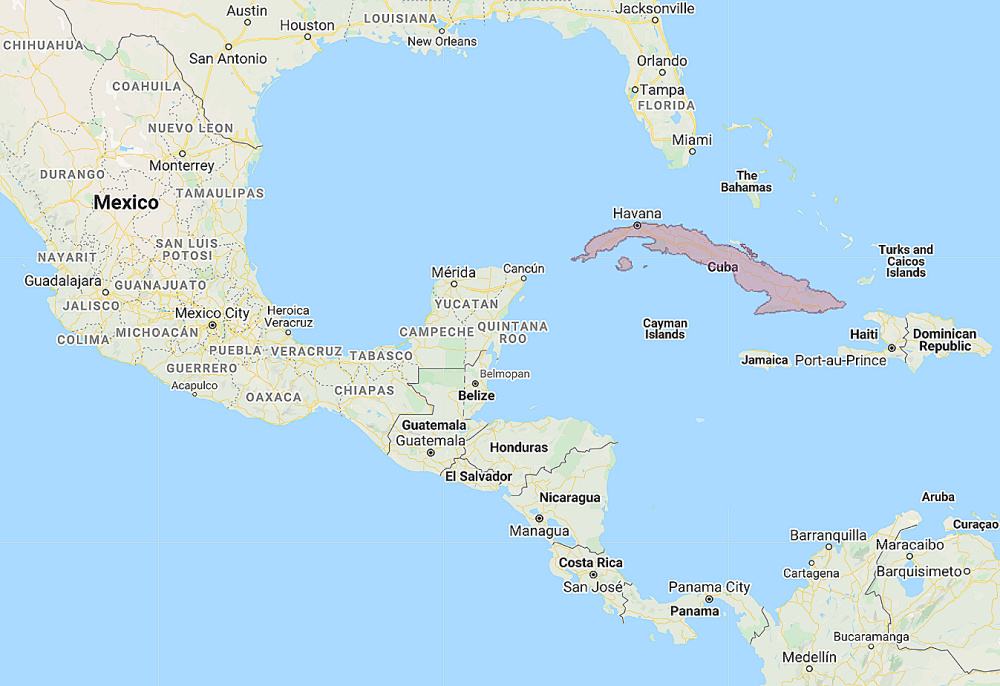Introduction
The Cuban Pygmy Owl is a very small owl with a rounded head and no ear-tufts.
Photo Gallery (4 pictures)
Sound Gallery
Information
Description: Occurs in a greyish-brown and reddish morph.
Grey-brown morph: The facial disc is pale greyish-brown, indistinctly speckled dusky. Eyebrows are narrow and whitish. Eyes are yellow, rimmed
by the dusky edge of the eyelid. Cere is yellowish-grey, and the bill is yellow-horn. The crown is spotted whitish.
The nape has 'fake eyes' - blackish
spots narrowly bordered whitish above and ochre-buff below.
Upperparts are greyish-brown, irregularly spotted whitish and buff. Mantle is indistinctly barred, with the scapulars paler and not prominently marked.
Flight feathers are barred light and dark, with the tail brownish-grey with 5-6 narrow whitish bars that are often edged dusky.
Underparts are off-white, densely barred brownish-ochre on the sides of the upper breast, leaving an unmarked longitudinal area in the center from the throat
to the lower breast. The rest of the underparts are spotted and streaked brown.
Tarsi are feathered and the toes are yellowish and bristled. Cloaws are dusky horn with darker tips.
Red morph: As above with general colouration rufous-brown.
Size: Length around 17cm. Wing length 87-110mm. Tail length 54-73mm. Weight 55-92g. Females are heavier than males.
Habits: The Cuban Pygmy Owl is a partly diurnal bird.
Voice: The song of the male is a series of equally spaced single notes at intervals of about 4-7 seconds - tew, tew, tew....
A rapid series of accelerating, twittering notes, increasing gradually in pitch is often heard from both sexes - wewewhititititirrr.
Hunting & Food: Feeds mostly on insects and small reptiles, but will also take small mammals and birds. Usually hunts from a perch.
Breeding: Generally uses abandoned woodpecker holes for breeding, which occurs in the dry season. The female lays 3-4 white eggs that she incubates alone. Other breeding habits likely similar to other Pygmy Owls.
Habitat: Semi-open woodland, coastal and montane forests, forest edges, second growth, plantations, larger parks with mature trees, and bushy country. Ranges from sea level up to about 1500m.
Distribution: Endemic to Cuba and the Isle of Pines.

Range of the Cuban Pygmy Owl Glaucidium siju
Status: Locally common. Listed as 'Least Concern' by Birdlife International.
Original Description: d'Orbigny, Alcide Dessalines. 1839. Historia fisica, politica y natural de la Isla de Cuba, por d. Ramon de la Sagra... (Hist. Isla Cuba [Sagra]) 3: p. 41.






